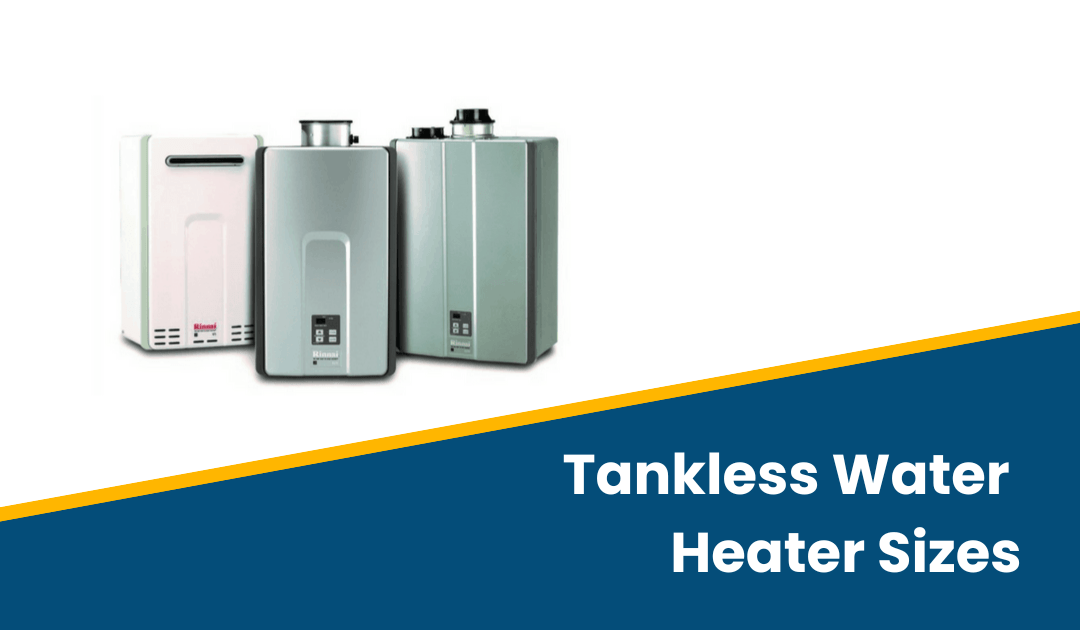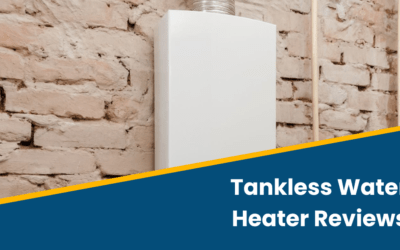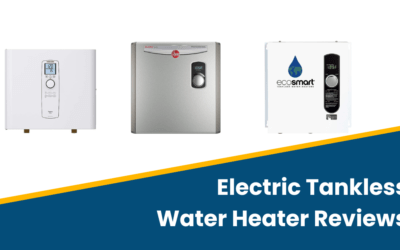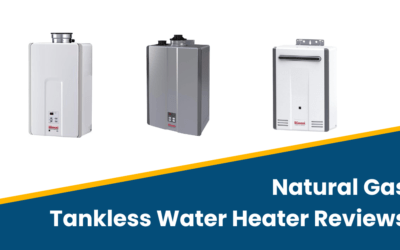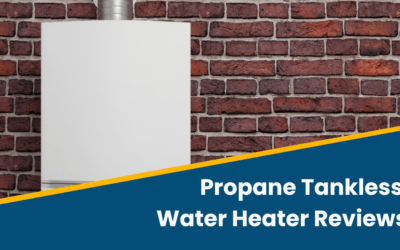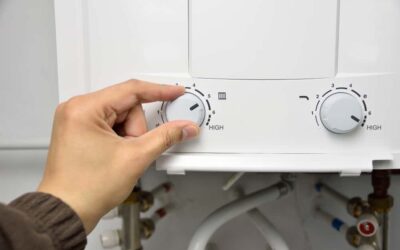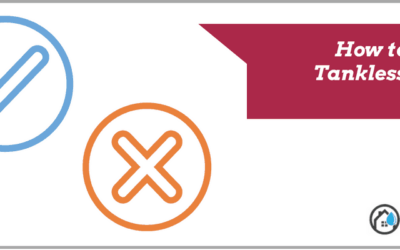Imagine a chilly winter morning. You’re the first one up, tip-toeing through the quiet house. As you turn on the shower, expecting a comforting cascade of hot water, you’re met with a startling blast of cold. This isn’t the first time, and you realize it’s time for a change. Enter the world of tankless water heaters – a solution that promises endless hot water, energy efficiency, and space-saving design. But the question remains, which size is right for you? Just as you wouldn’t buy a family-sized tent for a solo camping trip, choosing a tankless water heater is about finding the perfect fit for your home’s unique needs. Let’s embark on this journey together, discovering the key factors that will guide you to the ideal choice, ensuring that cold showers become a thing of the past.
Key Takeaways
To determine the appropriate size for a tankless water heater, consider the following factors: the number of people in your home, the number of showers and bathtubs, major appliances requiring hot water, and the peak demand times for hot water. Calculate the total flow rate of all fixtures and appliances that may be used simultaneously. Also, consider the temperature of the incoming water, which varies by region and season. For homes in colder regions or with high hot water usage, a higher BTU input or multiple units may be necessary.
Tankless water heater size: Factors to consider
When you are researching tankless water heaters for your home, you’ll often hear the word “sizing” emphasized, and it is an important term. Sizing is defined as matching the needs of a homeowner to the hot water source’s capacity. When it comes to sizing tankless water heaters, the hot water flow rate is the component you need to pay the most attention to.
The temperature of the incoming water is another criterion that must be given due consideration. This temperature will vary by season and region. For example, a tankless water heater in a northern climate will require a higher BTU input during the cold months of winter for it to raise incoming water to a given temperature than it will during the summer months.
Before you begin shopping for a new water heater, you’ll be wondering what size tankless water heater do I need. A small water heater like the EcoSmart Eco 11 might be sufficient, or you may need something more substantial like the Rinnai RL94iN.
There are a few questions you need to ask yourself to help with the answer:
- How many people in my home take showers? What time of day do they do it most often? Is there a “rush” to take showers during the morning or the evening?
- Keep in mind the following information: a standard showerhead has an average flow rate of 2.5 gallons per minute; although some newer showerheads have lower flow rates than this. Most adults prefer to shower in water that is somewhere between 102 degrees and 106 degrees Fahrenheit.
- How many bathtubs do I have in my home? Are any of them soaker or whirlpool tubs? What is the capacity of each one in terms of gallons? How often do the members of my household take baths?
- What major appliances in my home will the water heater need to provide for? For example, will the washing machine and/or dishwasher be running at the same time someone is taking a shower?
- Compared to European countries, the amount of hot water that most North American homes use is astronomical, so it is not uncommon for the average American home to need their hot water heater to supply multiple major appliances at once. What time of day are these appliances most often run?
Use these questions to determine when the peak demand for hot water is in your home. The next step is to calculate how many gallons per hour (gph) or gallons per minute (gpm) your home will require from its hot water heater during these peak times. Then, you can narrow down your search for tankless water heater models that fall within this gph or gpm range.
One of the most commonly given benefits of tankless water heaters is that they provide an endless stream of hot water. While this is true, if your tankless heater is not sized properly, the water’s flow rate will have an adverse effect on the overall performance of the unit. For example, the temperature of the water in your shower will remain consistent, but the flow of the water could slow down to a mere trickle. Unfortunately, it is not uncommon for homeowners to undersize their home’s water flow rate in an attempt to save money by buying a smaller water heater.
How to size a tankless water heater
The first step to sizing a tankless water heater for your home is to carefully add up the flow rates for each showerhead, major appliance, and water faucet in your home that is likely to be in use at the same time.
The second step in this process is to evaluate the temperature of the water that flows into your home. If you live in a climate where the inlet water temperature averages 30 or 40 degrees, then you will need to choose a tankless water heater with a higher BTU input. Generally, inlet water temperatures average:
- 40 degrees for the northern most states in the U.S.
- 50 degrees for the uppermost Southern states
- 60 degrees for the Gulf Coast states, the Southwest, and Southern California
If you live in a large home or have a big family, then you may need to consider installing more than one tankless water heater in your home. Tankless heaters can be installed separately (generally point of use) or in tandem with one another so that they operate as a single unit.
Tankless heaters that are powered by natural gas or propane are more capable of producing a greater temperature rise (in gallons per minute) than an electric model is. Refer to to our electric tankless water heater reviews to see which ones come closest to gas or propane if temp rise is a concern.
Most on demand water heaters are rated for a number of inlet temperatures. For example, a 70 degree rise in water temperature can be achieved at a flow rate of 5 gpm for a gas powered tankless water heater and at 2 gpm for an electric model. Cooler inlet temperatures and quicker flow rates will, on occasion, reduce the hot water temperature of the most distant faucet.
Although it can sound confusing at first, knowing what size tankless water heater you need for your home is not difficult. Take your time, do your homework, and always err on the side of caution. It’s always better to be safe than sorry.

